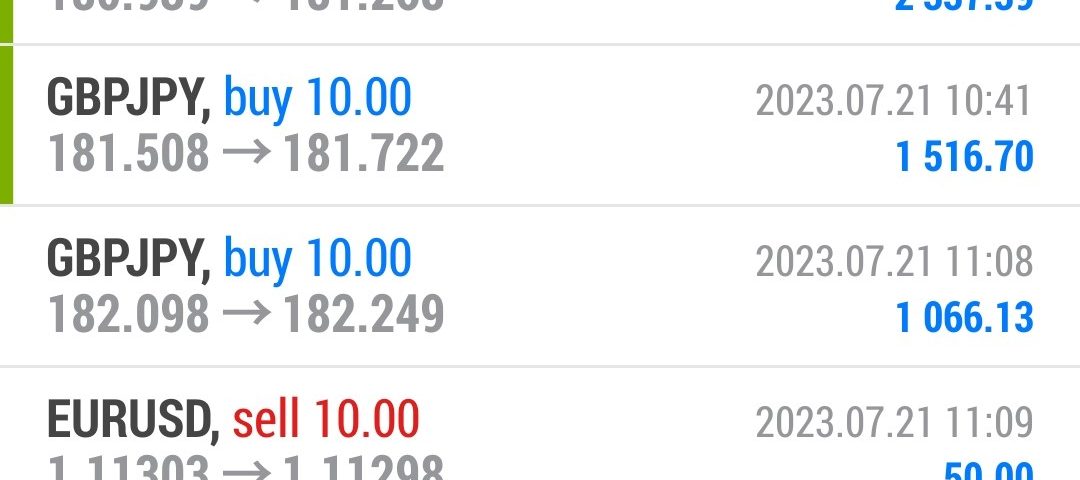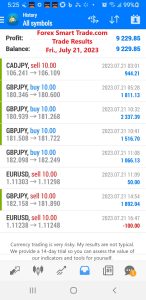Many forex traders use technical indicators as part of their technical analysis toolbox.
We’ve gone through the two types of technical indicators based on the timing of the signals they provide.
Here’s a quick recap of what we discussed in the previous lessons:
There are two types of indicators: leading and lagging.
- A leading indicator or an oscillator gives a signal before a new trend, or reversal occurs.
- A lagging indicator or trend-following indicator gives a signal after the trend has started.
Leading Indicators
Leading indicators are typically oscillators.
They are considered leading because these indicators give you a signal before the potential trend reversal actually occurs.
An advantage of leading indicators is that they can put you into a potential reversal early.
A disadvantage is that oscillators provide many false signals.
Leading indicators don’t make good standalone tools.
Combine Leading Indicators with Other Tools
You should combine leading indicators with other tools.
Tools such as Japanese candlestick patterns classic chart patterns, and support and resistance.
If you’re able to identify the type of market you are trading in, you can pinpoint which indicators could provide helpful signals.
You can also determine which ones are worthless and you should choose to ignore them.
Popular leading indicators are
- the Stochastic,
- the Relative Strength Index (RSI),
- Williams %R, and
- the Momentum indicator.





